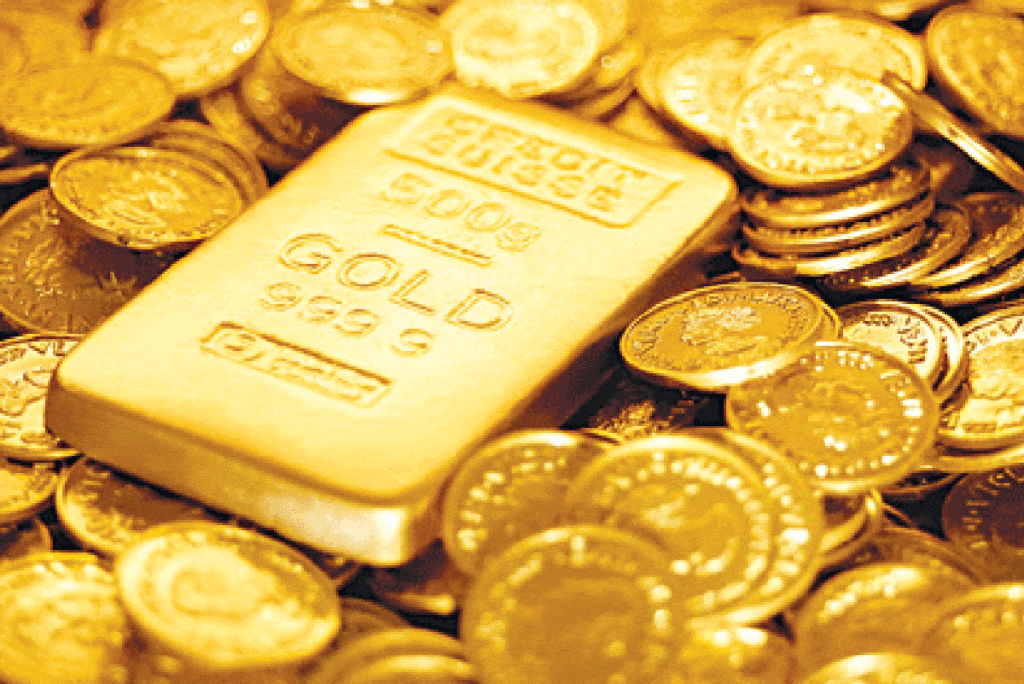A team of researchers from three countries have developed a new method for examining global mercury trade data inconsistencies in order to capture how well countries are keeping to the Minamata convention.
The research was based on estimating and comparing the mercury input of artisanal and small-scale gold mining (ASGM) activities to the total mercury available domestically. In detail, the group investigated the effects of the Minamata Convention on global mercury flows.
Launched in 2017, the Minamata Convention (MC) aims to restrict and limit the trading of mercury, which is considered a highly toxic pollutant.
Specifically, the Convention requires its 137 signatories to stop all trade in metallic Hg, restrict the opening of new primary Hg mines, stop domestic mercury (hg) production by 2032, and ban the production and trade of Hg-added products, such as thermometers and Hg-vapor lamps, by 2020.
While most countries involved in artisanal and small-scale gold mining– the biggest source of mercury pollution– are MC parties, its efficacy has remained unclear.
Inconsistencies often exist in global trade data and lead to difficulties in mercury control and the evaluation of the Minamata Convention. While the supply chains for the ASGM sector are heavily restricted and dried up, the demand for Hg may not have decreased.

Gap in supply and Demand
This gap in supply and demand could spawn informal or illegal Hg trading routes, such as mislabeling, smuggling, and black-market trade.
To look at this issue in depth, researchers from Japan, Chile and Canada came together and created a method for examining global Hg trade data inconsistencies, which is based on estimating the Hg input.
This method captures the mercury that enters the amalgamation process and is lost with tailings and amalgam burning, of countries with ASGM activities and comparing this input amount to the total Hg available domestically.
Yingchao Cheng, lead author of the paper reporting on this issue, said:
“By searching for Hg flows that changed significantly after the MC came into force, we can screen out trade routes of interest. This not only helps us see which trade activities have stopped or decreased but also highlights potentially illegal and informal mercury use flows that have appeared post-MC.”
Yingchao Cheng
The study was performed in 39 countries across four regions. The team identified inconsistencies in Hg trade statistics in African, Central and South American, and some Asian countries. Countries that are parties to the MC showed reduced metallic Hg trade, and those with national action plans (NAP) demonstrated clear active steps towards controlling Hg flow.
The paper also shows that Asian countries lagged behind other regions concerning the reduction in Hg trade. While some downturn in Hg export was observed, new import flows of commodities with high Hg content were found to have emerged since 2017.
“Controlling Hg flow for the ASGM industry is critical for safe Hg management. While inconsistencies in trade data make it difficult, this new method helps alleviate most of these issues and ensures that nations spend their resources more effectively on targeting and exposing high-risk trade routes and practices.
“Such advances in mercury management will reduce human exposure to mercury, allowing people to not only obtain clean gold more easily but also lead better lives.”
Yingchao Cheng
READ ALSO: US President ‘Doing Great’ After Testing Positive for Covid



















